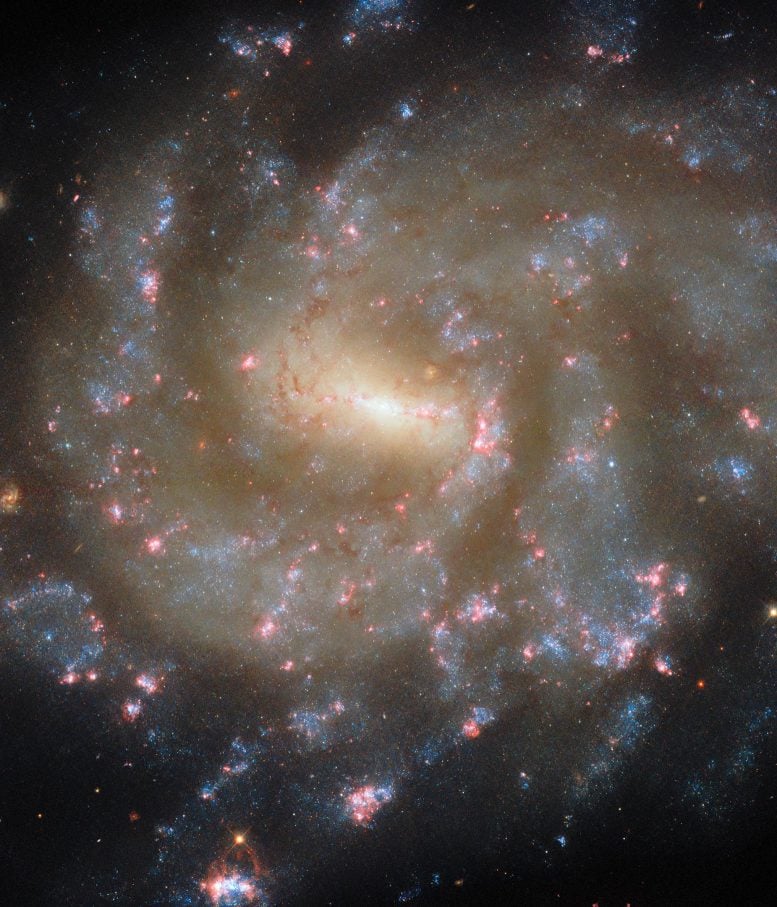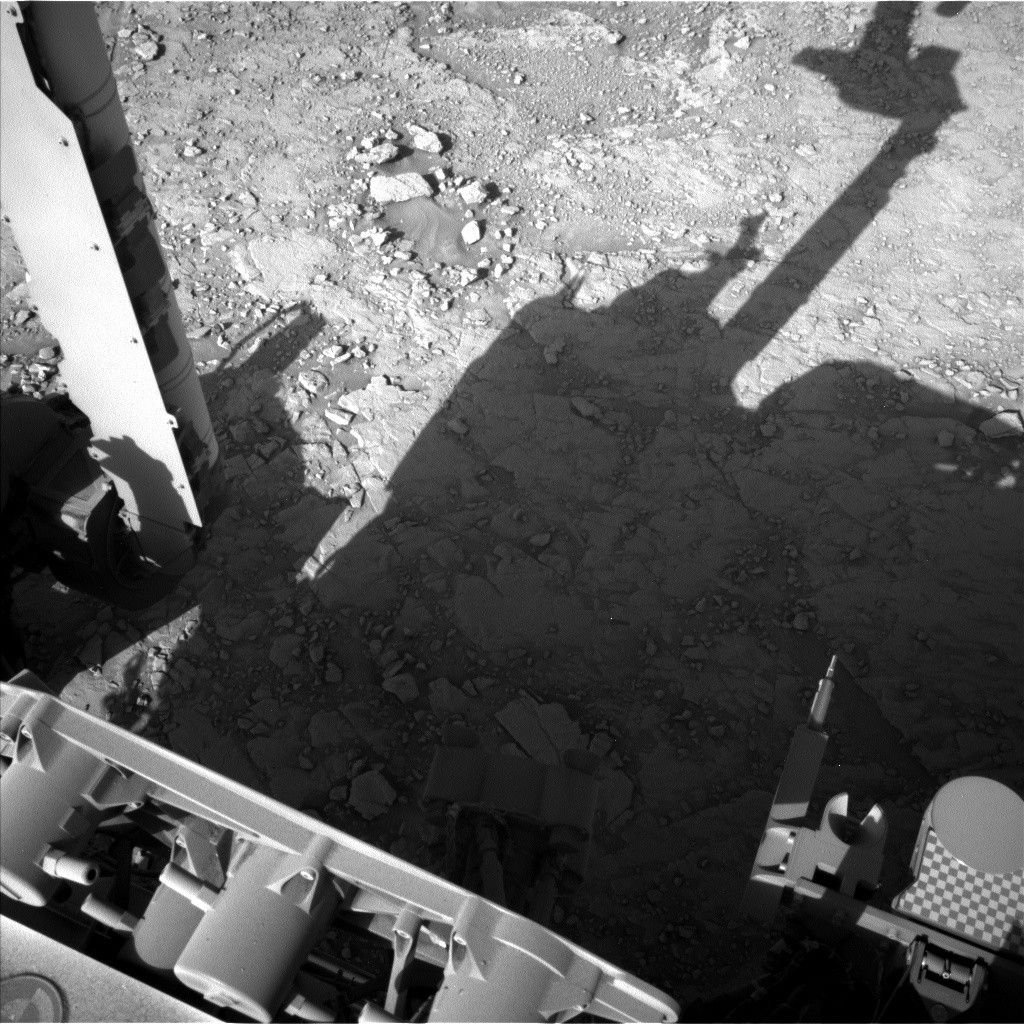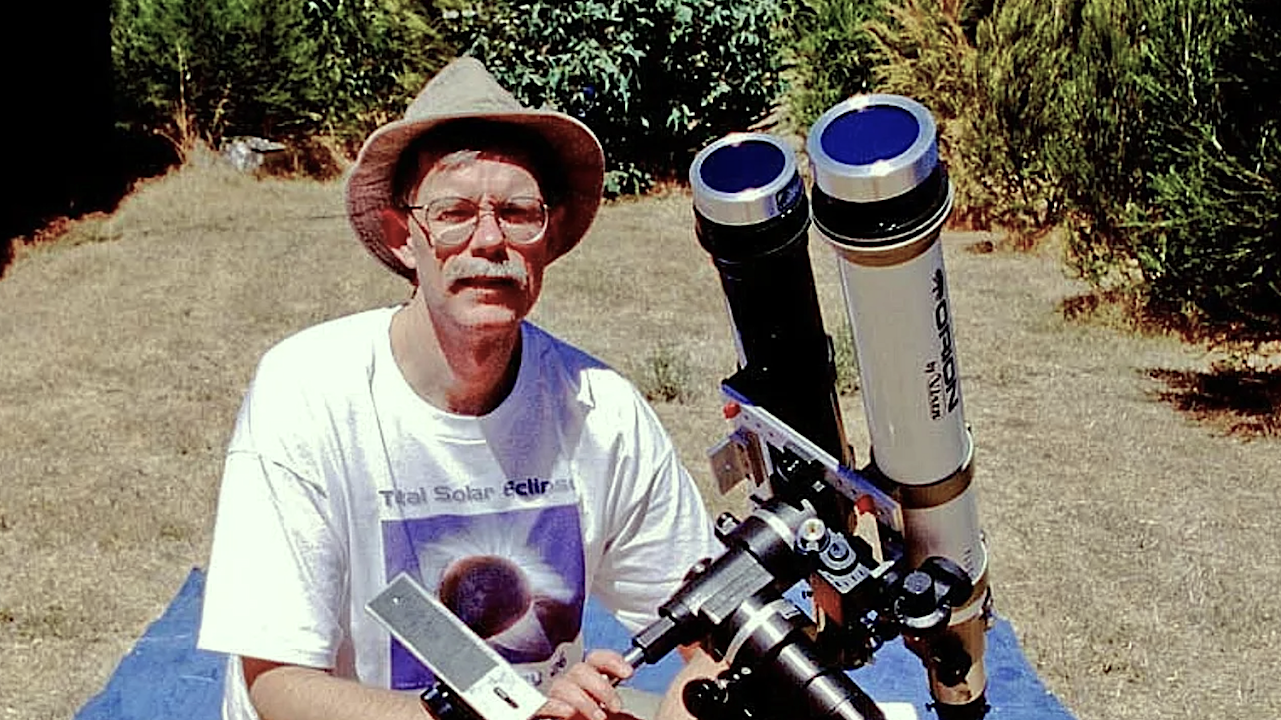NGC 685, a smaller cousin of our Milky Way, dazzles with youthful energy as newborn stars light up its spiral arms. A brilliant galaxy teeming with young stars is featured in this latest image from the NASA/ESA Hubble Space Telescope. This starry…
Category: 2. Space
-

Hubble Captures a Stunning Spiral Galaxy Bursting With Newborn Stars
-

Europe’s far-reaching Space Act nears launch
TAMPA, Fla. — Europe is expected to publish a draft law by the end of June to overhaul the regulation of space services, introducing unified rules for companies operating in or selling to the European market.
The Space Act comes as the…
Continue Reading
-

Don’t Miss This Rare Chance to See the Milky Way’s Glowing Core
June is a treasure trove for skywatchers, with Venus and Saturn sharing the dawn, Mars cozying up to Regulus at dusk, and Mercury making a shy appearance at sunset. The solstice on June 20 marks the longest day of the year for the Northern…
Continue Reading
-

Sols 4559-4560: Drill Campaign — Searching for a Boxwork Bedrock Drill Site
Written by Lucy Lim, Planetary Scientist at NASA’s Goddard Space Flight Center
Earth planning date: Monday, June 2, 2025
Now that Curiosity has spent a few sols collecting close-up measurements of the rocks in the outer edge of the…
Continue Reading
-

Isaacman: people with ‘axes to grind’ about Musk caused withdrawn NASA nomination
WASHINGTON — Jared Isaacman made clear he believes his nomination to be administrator of NASA was pulled by the White House because of his ties to Elon Musk.
Appearing on an episode of the All-In Podcast published June 4, Isaacman said he…
Continue Reading
-
DESI Mg ii Absorbers: Extinction Characteristics and Quasar Redshift Accuracy
In this paper, we study how absorption-line systems affect the spectra and redshifts of quasi-stellar objects (QSOs), using catalogs of Mg ii absorbers from the early data release and first data release of the Dark Energy Spectroscopic…
Continue Reading
-
A Search for Exoplanet Candidates in TESS 2 minute Light Curves Using Joint Bayesian Detection
In this work, we apply an exploratory joint Bayesian transit detector, previously evaluated using Kepler data, to the 2 minutes simple aperture photometry light-curve data in the continuous viewing zone for the Transiting Exoplanet Survey…
Continue Reading
-
Minimizing Star-spot Contamination of Exoplanet Transit Spectroscopy Using Alternate Normalization
Recently, M. H. Currie et al. (2023) simulated the detection of molecules in the atmospheres of temperate rocky exoplanets transiting nearby M-dwarf stars. They simulated detections via spectral cross correlation applied to high-resolution…
Continue Reading

